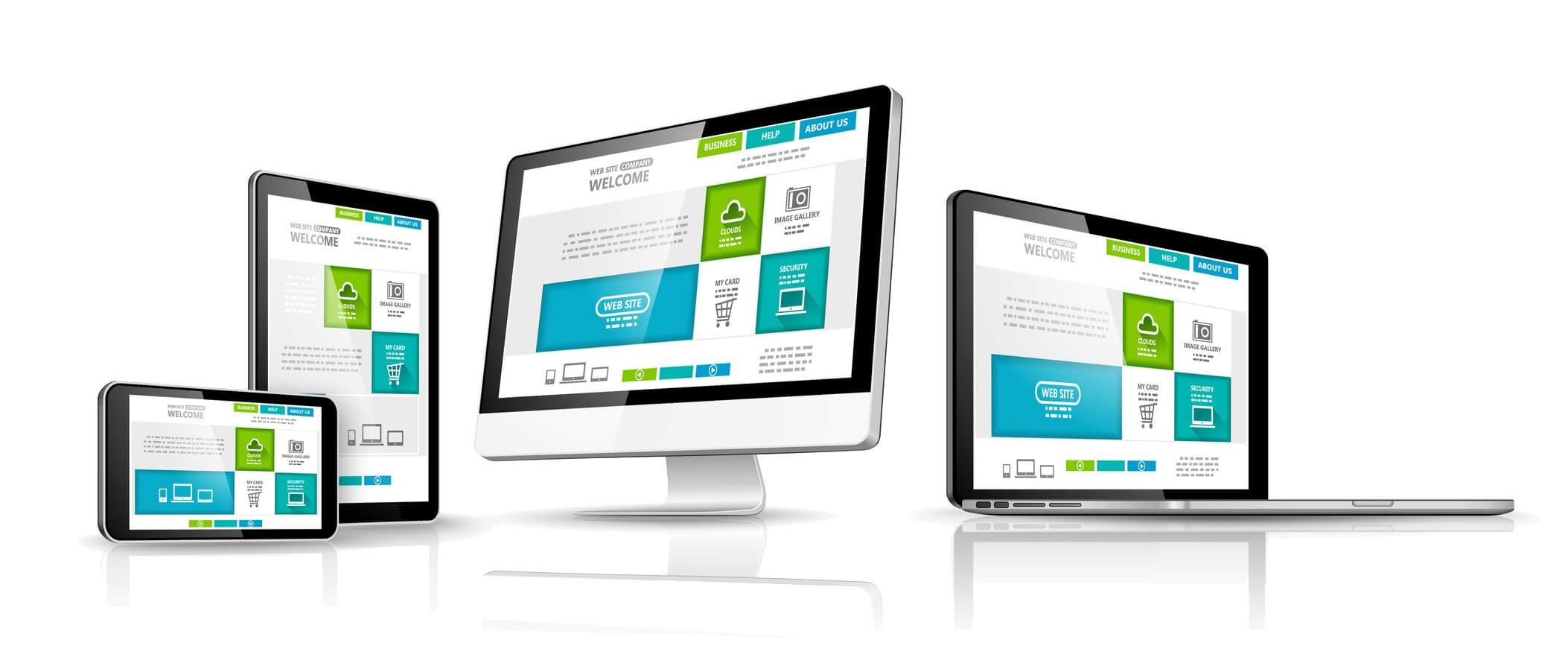In today’s digital landscape, having a visually appealing website is just the start. In order to genuinely succeed in the digital world, businesses must integrate remarkable website design with powerful optimal search visibility. The relationship between website design and SEO is more significant than ever. A well-crafted website absent of the appropriate SEO approaches is similar to a tastefully designed store concealed in a back alley. Understanding how these components work in unison is crucial for enhancing your online presence and driving sustainable growth.
As we investigate the details of why website design and SEO go together, we'll examine the significance of crafting a user-friendly experience that concurrently meets search engine requirements. From website loading time to responsive design aspects, each element plays a important role in both visitor interaction and search visibility. Ultimately, a seamless integration of website appearance and SEO strategies not only but improves your website’s visual appeal but meanwhile ensures it contacts the target audience it should have. We will discover the most effective practices that can transform your website into a powerful tool for growth.
Unifying Design and SEO for Growth in Business
The synergy between web design and SEO plays a crucial role in fueling corporate growth. A thoughtfully crafted website not only attracts the attention of visitors but furthermore holds their engagement. Effective design components, such as easy-to-use navigation and aesthetically pleasing layouts, ensure that users can efficiently access the content they seek. When visitors experience their experience on your site, they are more likely to remain, reducing exit rates and indicating to search engines that your site is important, ultimately improving your SEO rankings.
Additionally, SEO-friendly web design is crucial to enhancing visibility in search engine results. Elements such as mobile responsiveness, quick loading speeds, and well-structured content are critical for securing high rankings. A website that is simple to explore on all devices creates a cohesive experience that meets the needs of both users and search engines. This creates an effective partnership where good design boosts SEO, making it easier for new customers to discover your business online.
Blending SEO best practices into your design process fosters a holistic approach to your digital identity. This involves understanding how design choices influence keywords, meta tags, and the overall content structure. For businesses aiming for sustainable growth, aligning these two areas amplifies organic traffic and enhances user engagement. By emphasizing both design and SEO, your website can turn into a potent tool that generates conversions and strengthens your brand in the online space.
Crucial Website Design Elements that Boost SEO Results
A well-designed website not just lures visitors and also plays a crucial role in improving SEO results. custom website development Nashville TN of the essential elements is website layout. A clear and well-organized structure helps search engines comprehend the content hierarchy, making it simpler for them to index pages. When organizing content effectively, you craft a smooth experience for users, that motivates them to stay longer on the site, ultimately reducing bounce rates and enhancing SEO positions.
Another key element is the utilization of heading tags such as H1, H2, and H3. These tags not just aid organize content and also indicate to search engines what the main topics of the page consist of. Properly using these tags boosts readability and enhances user experience as visitors can rapidly scan through headings to find the information they seek. This clarity between web design and SEO enhances chances of achieving a position higher in search engine results pages.
Visual optimization is also essential for enhancing SEO effectiveness. High-quality images can enhance your website’s visual appeal, but they must be optimized for speedier loading times. Using top-rated SEO agency Rochester NY and alt tags can render images more findable by search engines while also providing context for users. Additionally, images add to engagement, and when incorporated effectively, they can improve overall site performance in terms of both user experience and SEO.
Building a User-Friendly and Intuitive and Search Engine Optimized Web Platform
To create a user-friendly and search engine optimized website, it is important to comprehend the relationship between design and search visibility. A organized, well-organized layout encourages users to browse your site, while best SEO practices ensure that search engines can easily crawl your materials. Using concise navigation options, a coherent page layout, and well-defined headings can greatly improve user satisfaction while elevating SEO positions.
Additionally, website performance has a critical role in both user retention and SEO success. A fast-loading site lowers bounce numbers, ensuring visitors interested and enhancing their chances of taking action. Enhance pictures, utilize browser caching, and reduce HTTP queries to enhance speed. Adopting these strategies goes hand in hand with maintaining an attractive design that captures users and retains their attention.
Responsive design is also crucial in today's mobile-first environment. A website that adjusts seamlessly across platforms not just enhances the user engagement but also satisfies Google’s standards for mobile compatibility, which is a key factor in search results. By prioritizing both user experience and SEO factors, you can create a integrated strategy that not only attracts users but also retains them, fueling overall business growth.

